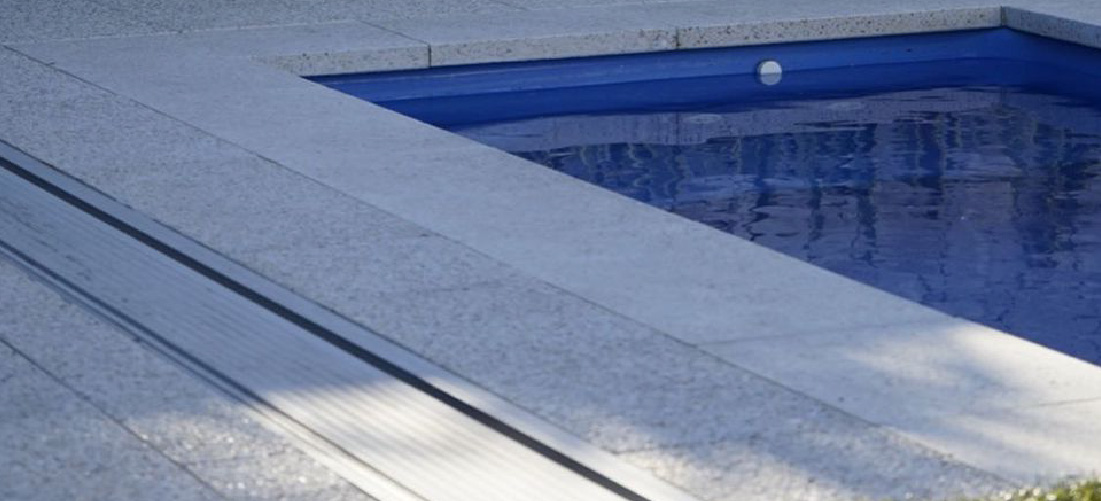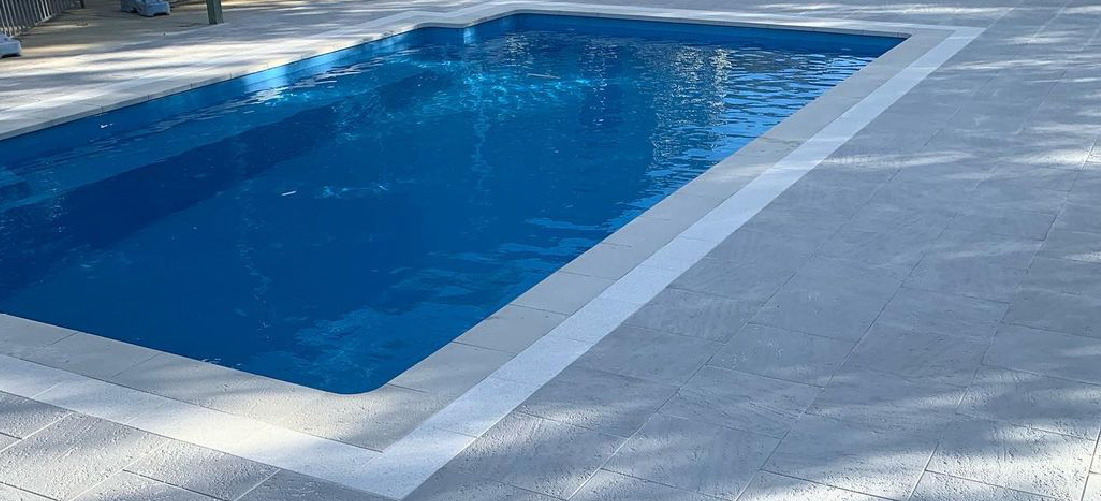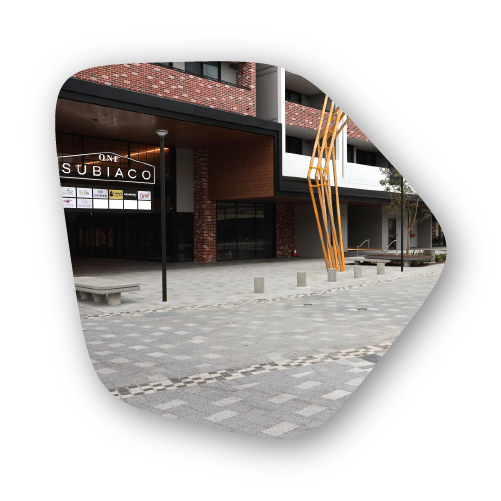
A Step By Step Guide To Residential Pavers
Residential pavers are more than just a practical solution for outdoor surfaces; they are a transformative element that can significantly enhance the aesthetics and functionality of your outdoor spaces. These versatile materials come in a variety of shapes, sizes, and colours, allowing for endless design possibilities that can complement any style of home. Whether you are a homeowner looking to elevate your garden’s visual appeal with intricate patterns and vibrant hues, or a landscaper aiming to create stunning pathways and patios for clients that not only look beautiful but are also durable and easy to maintain, understanding the nuances of pavers is crucial. This guide provides a comprehensive overview of residential pavers, offering step-by-step insights to help you embark on your paver project with confidence. From selecting the right type of paver for your specific needs to mastering the installation process and ensuring proper maintenance, this resource covers all the essential aspects to make your outdoor space truly remarkable.
Types of Pavers
Choosing the right type of paver is essential for achieving the desired look and durability of your outdoor space. The decision you make can significantly affect the aesthetics, longevity, and maintenance requirements of the area. Here, we discuss the a few primary materials available for residential pavers, exploring their benefits and potential drawbacks to help you make an informed choice for your landscaping project.
Natural Stone Pavers
Natural stone pavers boast unmatched aesthetic appeal, offering a timeless, classic look with unique patterns and textures that cannot be replicated by man-made materials. They are extremely long-lasting and weather-resistant, capable of withstanding harsh environmental conditions while maintaining their beauty. The use of natural stone can significantly increase the value of the property, making it a worthwhile investment for any landscaping project.

Brick Pavers
Brick pavers provide a classic and charming look with their traditional and warm appearance, often seen in historical and colonial architecture. They are highly durable and can withstand heavy loads, making them ideal for driveways, walkways, and patios. Moreover, brick pavers are eco-friendly, often made from natural clay materials that are sustainable and recyclable. Their porous nature also allows for better water drainage, reducing the risk of flooding and erosion.
Planning Your Paver Project
Proper planning is crucial for the success of your paver project. Here’s how you can effectively plan your project:
Assess the Landscape
- Evaluate the Area: Determine the size and shape of the area to be paved.
- Consider Drainage: Ensure proper drainage to avoid water pooling.
Measure the Area
- Accurate Measurements: Measure the length and breadth of the area, allowing for any curves or irregular shapes.
- Calculate Paver Quantity: Use the measurements to estimate the number of pavers needed, including a contingency for cuts and waste.
Choose the Right Paver Design
- Complementary Styles: Select a design that complements your home’s architecture and overall landscape. Consider the colours, textures, and materials used in your home’s exterior to ensure a harmonious look.
- Pattern Selection: Choose from various patterns like herringbone, basket weave, or running bond to add visual interest. Each pattern has its own unique aesthetic and can significantly enhance the visual appeal of your outdoor spaces.

Maintenance and Longevity
Proper maintenance is essential to ensure the longevity of your pavers. Regular sweeping helps to prevent the build-up of dirt and debris, and for a deeper clean, use pressure washing. Applying a sealant protects against stains and weather damage; reapply the sealant every few years as needed. To control weeds, use weed killers to prevent them from growing between pavers. Replace damaged pavers promptly to maintain the integrity of the paved area.
Cost Considerations
Understanding the cost factors involved will help you budget effectively for your paver project. First, consider the materials: the cost per paver varies based on the type and quality, and you should also include costs for base material and sand. Next, think about labour: decide whether to undertake the project yourself or hire professionals, and factor in the cost of labour if you go with the latter option. Finally, don’t forget maintenance costs, which include periodic cleaning, sealing, and repairs.
Residential pavers offer a versatile, durable, and aesthetically pleasing solution to enhance any outdoor space. Whether you are a homeowner looking to add value to your property or a landscaper seeking to create beautiful, functional outdoor environments, this guide provides the essential steps to achieve successful results. From understanding the different types of pavers to planning, installing, and maintaining them, each step is crucial for a long-lasting and visually appealing outcome.
Don’t hesitate to embark on your paver project today. With the right knowledge and preparation, you can transform your outdoor space into a stunning and functional area that will be enjoyed for years to come.






